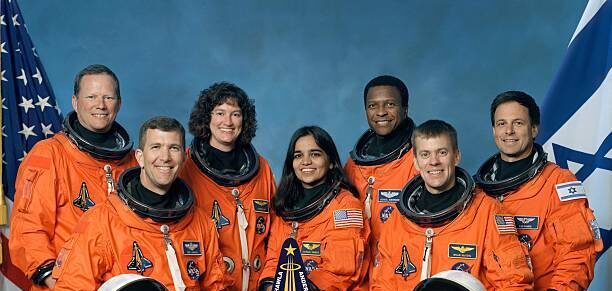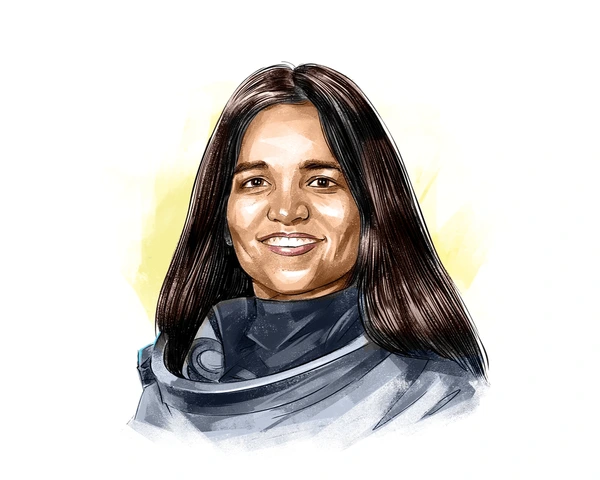Kalpana Chawla : The Woman Who Touched the Stars
Kalpana Chawla: The First Indian Woman in Space

You May Like : Elon Musk Net Worth And Life Achievements
Kalpana Chawla remains an inspiration for millions, symbolizing courage, perseverance, and the pursuit of dreams. As the first Indian-born woman to travel to space, her remarkable journey from a small town in India to NASA’s space program is a testament to dedication and hard work. Her legacy continues to inspire aspiring astronauts and scientists worldwide. This article explores her early life, achievements, and lasting impact on space exploration.
Early Life and Education Of Kalpana Chawla
Kalpana Chawla was born on March 17, 1962, in Karnal, Haryana, India. From an early age, she showed a keen interest in aviation and space. Inspired by India’s first aircraft, she excelled in academics and pursued engineering. She completed her Bachelor’s degree in Aeronautical Engineering from Punjab Engineering College, Chandigarh, becoming one of the few women in the field.
Determined to expand her knowledge, she moved to the United States for further studies. She earned a Master’s degree in Aerospace Engineering from the University of Texas at Arlington and later obtained a Ph.D. in the same field from the University of Colorado Boulder. Her passion for aviation and space exploration led her to apply to NASA’s astronaut program.
NASA Career and Space Missions Of Kalpana Chawla
Kalpana Chawla joined NASA’s Ames Research Center, where she worked on fluid dynamics. Her dedication and expertise secured her a place in the NASA astronaut corps in 1994. She underwent rigorous training and was selected for her first spaceflight mission in 1997.
STS-87: Her First Space Mission
In 1997, she made history as the first Indian wo
man in space when she flew aboard the Columbia Space Shuttle (STS-87). During the mission, she conducted multiple experiments related to microgravity and robotics, showcasing her engineering expertise. Her success cemented her place as a global icon in space exploration.
STS-107: The Final Mission
In 2003, Kalpana Chawla embarked on her second spaceflight aboard the Columbia Space Shuttle (STS-107). This mission was dedicated to scientific research, conducting over 80 experiments across various disciplines. Tragically, on February 1, 2003, the shuttle disintegrated upon re-entry into Earth’s atmosphere, leading to the loss of all seven crew members.

Legacy and Influence : Kalpana Chawla
Kalpana Chawla’s contributions to space exploration remain significant. She paved the way for women in STEM (Science, Technology, Engineering, and Mathematics) and inspired future generations to pursue careers in aerospace and space research. Several scholarships, institutions, and space programs have been named in her honor, ensuring her legacy lives on.
Her journey exemplifies resilience, determination, and the relentless pursuit of knowledge. She once said, “The path from dreams to success does exist. May you have the vision to find it, the courage to get on to it, and the perseverance to follow it.” Her words continue to motivate countless young minds to aim for the stars.
Conclusion
Kalpana Chawla’s story is one of ambition, excellence, and sacrifice. Her legacy serves as a beacon of hope for those who dream of space exploration. She remains a role model for aspiring astronauts and scientists worldwide.
If you wanna know more about visionaries like this, we’ve got it covered!
Leave a Reply